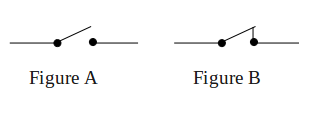Table data of high power transistors
Table data of high power transistors below, provide information about the type of (BD131, BD132, BD139, BD140, BD437, BD438, BD679, BD680, 2N3055, MJ2955, TIP31, TIP32, TIP33, TIP34, TIP35, TIP36, TIP41, TIP42, TIP2955, and TIP3055), type (PNP or NPN), supply voltage, current, and maximum power, HFE, HFE bias, the opponent (if the PNP type replaced with NPN type, or reverse), and packaged transistor (click here to view the package).

High power transistors or large signal transistors used for general purpose, amplifier circuit, the output power circuit, or a large current circuit switch.

High power transistors or large signal transistors used for general purpose, amplifier circuit, the output power circuit, or a large current circuit switch.

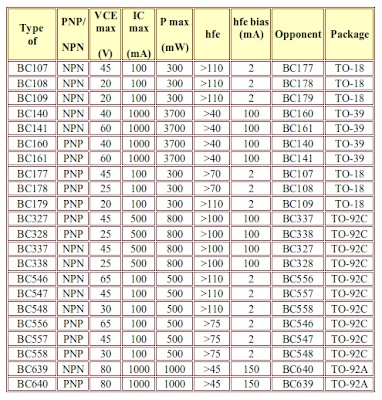





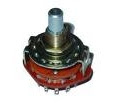 Rotary switch is a switch type which is operated by way of played. These
Rotary switch is a switch type which is operated by way of played. These 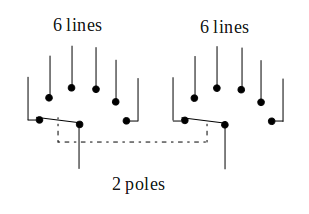
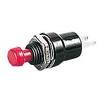 Press switch is a type of
Press switch is a type of 
 Toggle switch is the simplest form of switch, operated by a toggle lever that can be pressed up and down. According to the convention, position of the lever downwards to indicate
Toggle switch is the simplest form of switch, operated by a toggle lever that can be pressed up and down. According to the convention, position of the lever downwards to indicate 
